Hello Arthritis
It was Night One in my new place a few years back, and I couldn’t sleep a wink.
My right knee and calf muscle were throbbing. This was a pretty new pain to me, but it was trying hard to get us better acquainted.
It gnawed at me relentlessly.
Night Two was a continuation from Night One’s pain. I’ll call it, Season 1, Episode 2. Same pain. Same insomnia.
I wanted off this island pronto.
I’d chalked the Night One pain up to some weird sprain or exhaustion, because in the last week I’d made no less than 200 box-toting treks up and down one staircase or another.
Night Three (or Season 1, Episode 3 if you’re following) is the one where I called my doctor, because there was still no change.
After a few x-rays, he was kind enough to give me a name for my new reality show — Tendonitis and Osteoarthritis.
HERE’S WHY I TURNED TO FOOD FOR HELP WITH MY HURTING JOINTS:
1. It Gave Me Hope Beyond the Standard Operating Procedures
Initially, after processing that dual diagnosis and settling my newly-minted 50-year-old self down a bit, I sought a physician’s fix.
Here are the options that were laid out for me:
cortisone shot – dulled the pain for about a month, but that’s it; also weakens the cartilage over time, exacerbating the problem.
physical therapy – not much different than a friendly neighborhood Pilates class with session times not too terribly catered to my work schedule.
gel shot – hard to obtain, didn’t work for me.
knee replacement surgery – I’m sorry, what?
It was that last suggestion that sent me in search of a better way.
2. The Pain Was Getting Worse
When it came to keeping my weight in check, I’d long been a low-carb lifestyle advocate.
Choosing to cut out refined carbs, processed foods and sugar created incredible positive change in my life. In 9 months, I said goodbye to 75 pounds that I really needed to say goodbye to. I felt healthier. I felt lighter. I was lighter. My confidence and my energy levels soared.
Now in a more mature season of life, I was looking for food to do more than trim my waistline. I needed it to relieve my pain.
It had been about three weeks since my last doctor’s appointment and things just seemed to be getting worse. I’d traded in my high heels for a knee brace, and was limping around everywhere, trying not to wince every time I stood up. The pain was intensifying. My body felt like it had aged 20 years in a few months. It was pretty scary.
And then, I decided to clean up my kitchen.
If you’re over 50 and reading this, you probably know the things that tend to come for us as we age — a slower metabolism, sudden, stubborn weight gain, decreased energy and yes, hurting joints, to name a few.
A basic low-carb diet and exercise had been my answer for years to offset any weight gain resulting from a little high-carb play here and there. But the older I got, the harder it was to bounce back from those occasional high-carb benders.
It was becoming tougher and tougher to find the energy to start an intense workout and now on top of that, I was in pain.
So I took a page from Hippocrates’ book and took the following quote to heart: “Let food be thy medicine and thy medicine be thy food.”
WHAT I STOPPED EATING:
1. Higher-Carb Fruit and Veggies
I was used to enjoying sugary treats in moderation. I found out long ago that sugar was not my friend. It’s one of the leading causes of inflammation in the body, which of course can lead to your joints hurting and many other ailments.
Eating foods with too much sugar can also create the kind of blood sugar spikes that leave you feeling perpetually hungry.

It’s been proven that your body doesn’t know the difference between processing the added sugar in foods (like a candy bar) or the natural sugar in foods (like bananas, oranges and grapes). So I took those fruits containing excessive amounts of natural sugar out of my diet.
I also limited starchy vegetables like corn, sweet peas and sweet potatoes, which have nutritious value, but too many of them can easily tip the scales on a low-carber’s daily carb count (especially if eating keto), contribute to inflammation and also cause blood sugar spikes that can keep you on the hunger hamster wheel and lead to non joint-friendly weight gain.
2. Inflammatory Oils
Not all cooking oils are created equally. Highly-processed oils like vegetable, corn, canola and soybean oil can contain high amounts of Omega-6 fatty acids (among other various chemicals used to process them) which studies show can contribute to chronic inflammation in the body and other ailments like heart disease, diabetes and yes, arthritis.

This particular change in my diet turned me into more of a label reader than ever. A quick check of many popular salad dressing ingredient labels would often reveal one of these oils at the top of the list.
3. Processed Foods
Most processed foods contain little if any nutritional value, and they often bring some shady, inflammation-inducing ingredients to the party with them.

High-fructose corn syrup for example, is a common ingredient that shows up repeatedly in pre-packaged foods and soft drinks. It’s known to be one of the biggest inflammation-triggering ingredients out there and has been linked to the early onset of many health conditions, including arthritis.
So if you have hurting joints like me and you’re already making the choice to skip out on the donut holes, cheese puffs, cream-filled cakes and other pre-wrapped temptations out there, cheers to you! That’s a wonderful start. But beware! There are some clever, low-carb impostors out there just waiting for you to add them to your shopping cart.
After the uptick in my joint pain, I started doing double-takes with my label reading, even with the ones marked “Keto” or “Gluten-Free” (which doesn’t mean sugar-free).
I find that I feel my best overall when I keep my net carb intake around 25-30 grams per day (That tends to keep me in ketosis and is essentially what the keto diet is all about). Trust me, the carb grams add up quickly when your goal for the entire day is that low.
Always check the amount of sugars and the amount of carbs per serving on the Nutrition Facts label, no matter what the front of the label claims.
Just because you see “no added sugar” showing on the front doesn’t mean that there will be a total of 0 sugar grams showing on the back. Natural sugar counts too.
And if the serving size is for 4 pieces, but there are 20 pieces in a tiny bag that’s hard for you to keep closed… I think you see where I’m going. Multiplication matters. ![]()
4. Artificial Sweeteners

Artificial sweeteners like aspartame and sucralose have also been known to trigger inflammation in the body as well as a range of other ailments including migraines, weight gain and even heart disease.
Diet soda made with artificial sweeteners used to seem like the obvious choice for me to enjoy some zero-calorie fizz with my meal, but because of the widely-known side-effects, I’ve learned to steer clear. If I see any of them hiding out on any label, I keep it moving.
WHAT I STARTED EATING MORE OF:
1. Berries and Leafy Greens
The fruits that make regular rounds on my plate now are typically strawberries, blueberries and raspberries since they’re loaded with inflammation-attacking antioxidants and they’re on the lower end of carb and natural sugar content, vs. higher-carb fruits like oranges, grapes and bananas.

For me, they contain just enough sweet to satisfy and they make a lovely complement to a serving of Greek yogurt, low-carb granola or some cheese slices and raw almonds.
As for leafy greens, baby spinach is where it’s at in my kitchen. I try to find a way to add it to almost all of my meals. It’s chock-full of antioxidants that have been known to help decrease inflammation in the body that can aggravate arthritis pain.

Kale is another great inflammation-fighting, leafy-green option and it also contains lots of vitamin C to help boost your immune system. My favorite way to enjoy this antioxidant powerhouse is to to make homemade kale chips in the oven.

2. Healthy Fats
When it comes to healthy fats, I’m always looking for ways to add more Omega-3 fatty acids to my diet, because they’re not only heart-healthy, they are known to be anti-inflammatory and can help ease the pain of hurting joints. My all-time favorite source of Omega-3 fats is baked salmon, but I also get a healthy supply in the grass-fed beef, grass-fed butter, avocado and pasture-raised eggs that show up on my plate regularly.

My kitchen staple cooking oils are avocado oil, coconut oil and extra-virgin olive oil. Unlike the oils mentioned earlier, these are all anti-inflammatory and contain several other health benefits to boot, like increased energy, better focus and boosted immunity.
Those little wellness wonders, the Omega 3’s also hang out in nuts. My favorites include almonds, macadamias and pecans. Look for dry-roasted or raw vs. ones cooked in those bad-for-hurting-joints inflammatory oils.
A word to the wise, watch your portion size! I try to always measure a 1/4 cup serving before eating, because I can’t be trusted with the “grab a handful” method. The calories add up quickly!
3. More Water

You’d be hard-pressed to find anyone inside of the healthy habits conversation who doesn’t rattle on about the benefits of water.
I think most of us by now are sold on the “water is good for you” tip, present company included.
But when I started to hone in on the benefits of water as lubrication for my hurting joints, it made me want to get serious about staying consistent with my intake. Because yes, water does a body oh so good, but only if you actually drink it. ![]()
So to combat my absent-minded professor tendencies on the quest to down 80-100 oz. per day, I make sure that I have a bottle of my favorite brand everywhere I go.
This works well on most days. And on other days, I still forget a few ounces.
NOTE: I may or may not have been known as someone who could rival The Riddler with the clues (read: half-empty water bottles) I’ve left behind in my travels.
4. Natural Sweeteners

You can imagine, the ingredients in my low-carb kitchen that are responsible for sweetening things sans sugar, hold a special place in my heart (and my pantry)!
I’ve been a dessert girl since the beginning of time, and thankfully the low-carb life hasn’t required me to shred that label, just reimage it a bit.
Enter erythritol, an anti-inflammatory natural sugar alcohol that sweetens like sugar with a fraction of the calories and no blood sugar spike.
(A word of caution here — let moderation be your mantra, no matter how good those homemade, low-carb brownies taste. Too much sugar alcohol can cause an upset stomach or stall your weight loss goals, so go easy on the batch. Stick to a serving or two).
Enter monk fruit sweetener, also anti-inflammatory and derived from the monk fruit plant. Somehow it’s actually sweeter than sugar. Like 100 times sweeter. I typically use a mixture of both. Here’s one of my favorite blends.
I use it in homemade single-serving size cheesecakes, chocolate mousse, smoothies and even my evening cup of chai tea.
WHAT I’VE LEARNED:
1. Supplements help.

I’ve upped the ante on my supplement supply since this knee pain has come into my life. Here are the current inflammation busters in my daily regimen: fish oil capsules, collagen peptides, turmeric.
These supplements make a wonderful complement to a low-carb lifestyle and can help to manage the inflammation and discomfort associated with hurting joints. However, much like water, you’ve got to actually take them if you want them to be effective. ![]()
2. Movement is good. Superhero-like antics unnecessary.
You may think that regular movement would be the first thing to go when your joints start hurting, but I’ve found the opposite to be true.
On the days when I stay sedentary enough to tick off my Apple Watch, my stiffened knee will often remind me as much as my alerts do that it’s time to move.

I used to think that movement didn’t matter much unless I was sweating buckets and leaping into all things high-impact. But I’ve learned that you can be kinder to your joints (walk vs. run, power yoga vs. plyometric jacks) and still get an effective workout that can also work wonders on loosening up those stiff or aching joints.
3. Know thyself.
Pink Himalayan sea salt makes me nauseous.
Too much sugar alcohol in my diet messes with my cravings meter and leads to weight gain.
A barometric pressure drop can instantly turn up the dial on my joint pain and then leave me as it found me once milder weather returns.
I know these things because I pay pretty close attention to me. One of the easiest ways to do that is by journaling daily meals and positive (or not so positive) outcomes.

What works for one of us may not work for all of us, but journaling is one of the best things you can do to help customize, over time, the winning, healthy, low-carb lifestyle strategy that’s best for you.
As for that “reality show” of mine, well I’m happy to report that it was cancelled mid-season, lol.
Since I’ve made and stayed consistent with the food tweaks I’ve discussed here, my nights of insomnia due to hurting joints are no more.
(Perhaps my new reality show should be called, Lovin’ Low-Carb Over 50 ![]() ).
).
Do I still have occasional aches and pains? In a word? Yes.
Do I feel better equipped to manage the inflammation that causes pain based on diet and exercise? Also, yes!
Some days are better than others as I continue to make peace with the changes my body is going through in the aging process. But I definitely feel a renewed confidence in approaching arthritis and joint pain management by becoming a more efficient evaluator of the food I consume.
I do hope you’ll be (or stay) encouraged to make food your medicine too. ![]()
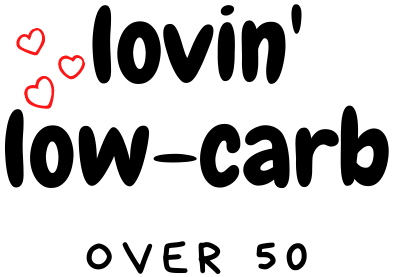


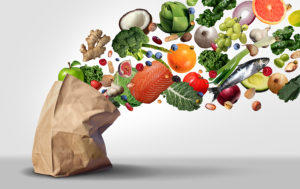 Sign up now to receive my FREE guide, "15 Must-Have Foods For Your Low-Carb Kitchen!"
Sign up now to receive my FREE guide, "15 Must-Have Foods For Your Low-Carb Kitchen!"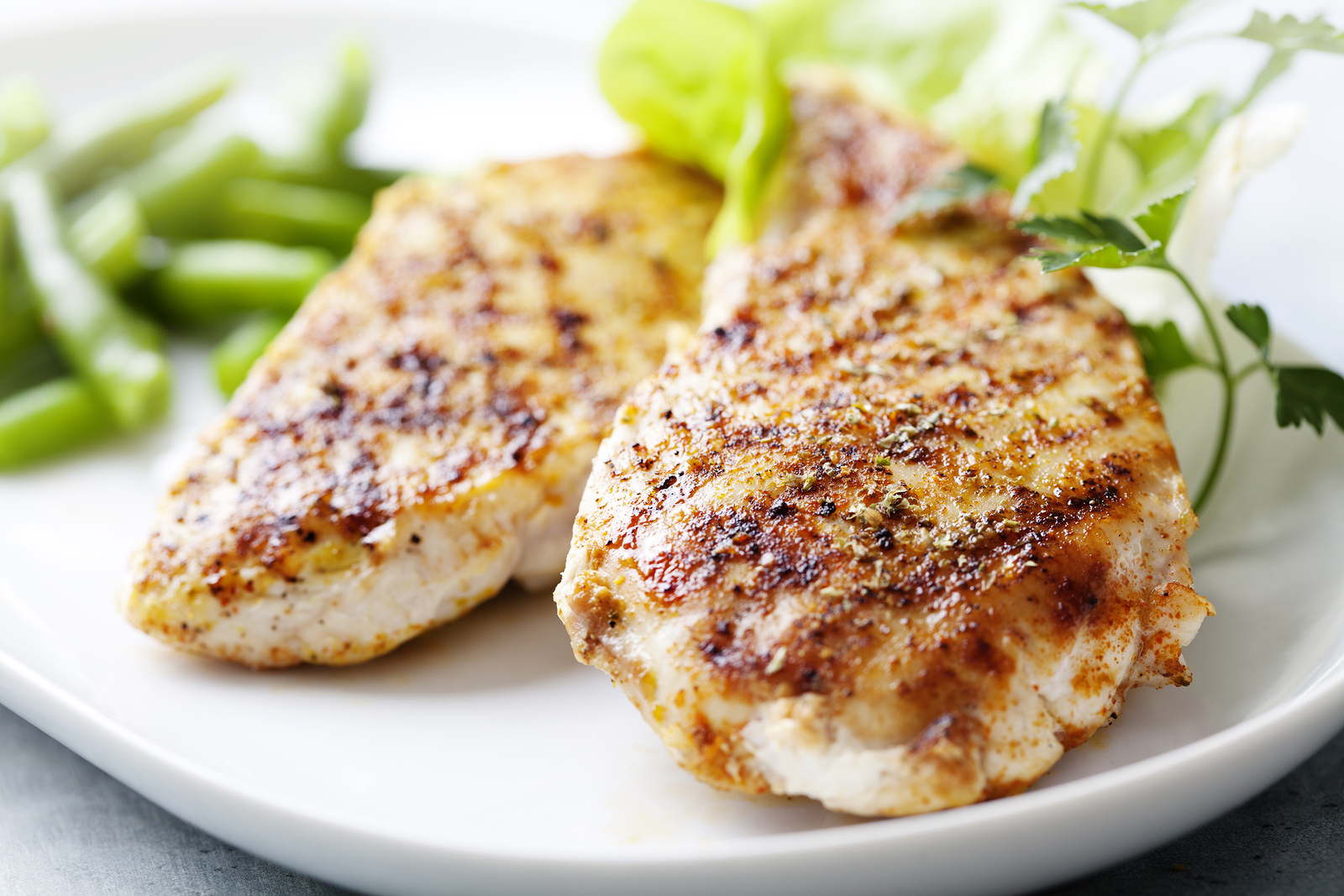
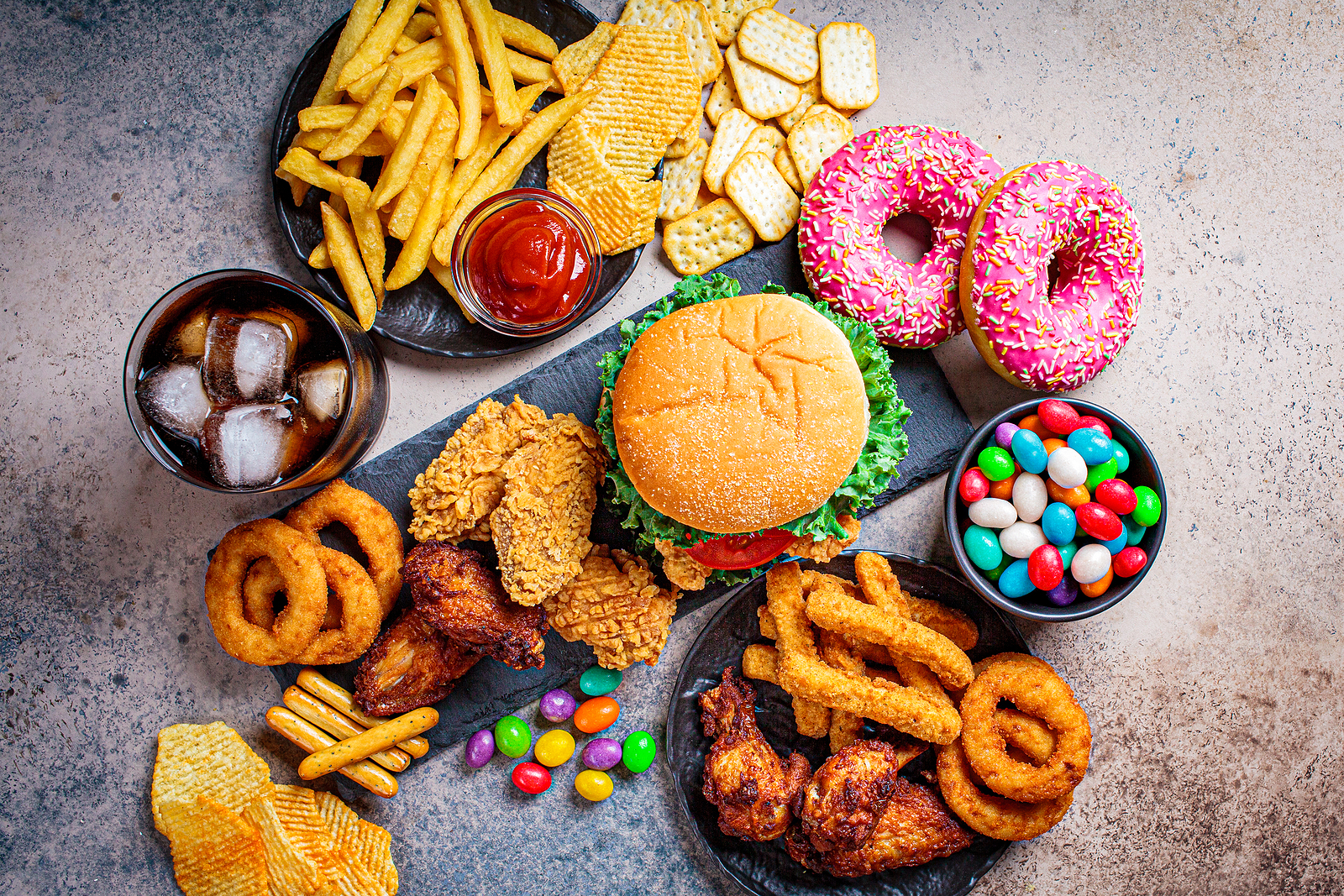
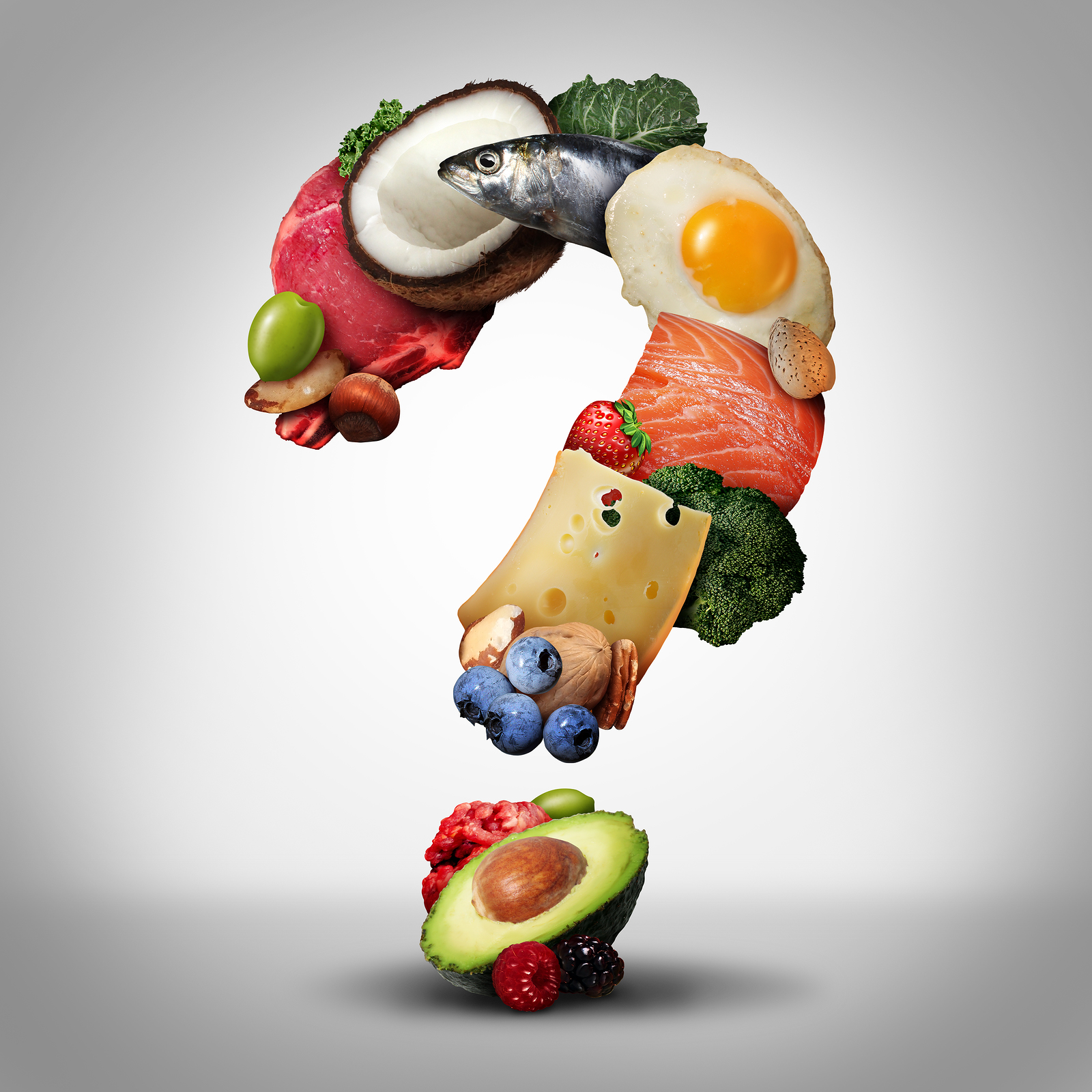

0 Comments